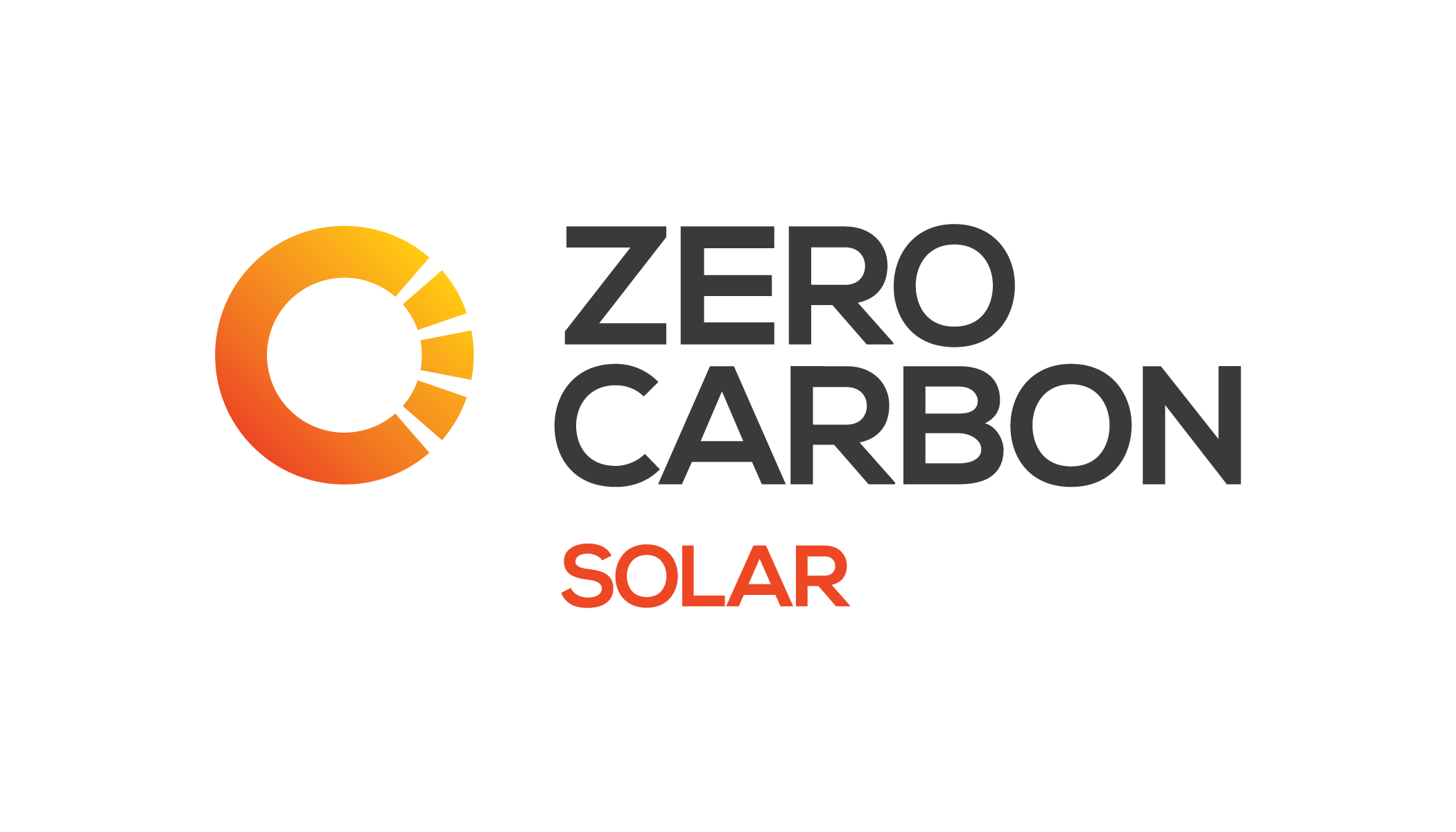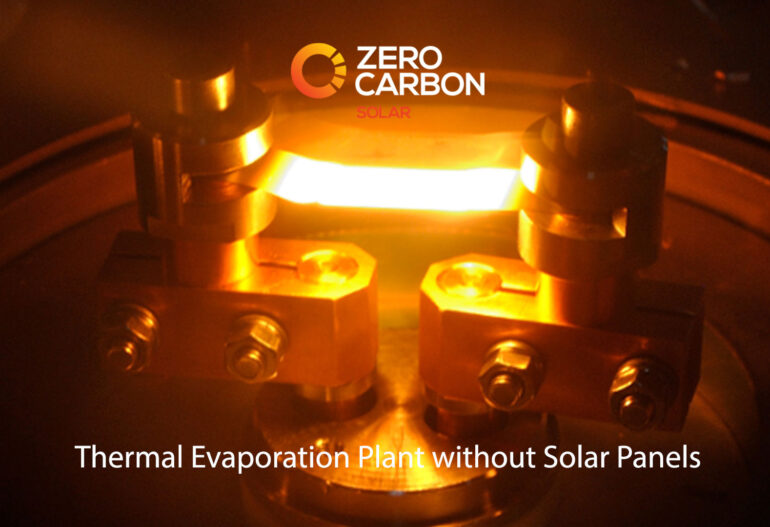As the world becomes more environmentally conscious, many are looking for ways to reduce their carbon footprint. One way of doing this is through thermal evaporation plants without solar panels. This process uses sea water to evaporate and purify it for drinking or irrigation purposes.
How does thermal evaporation plant work?
It also helps desalinate ocean which could eventually help with overpopulation on Earth due to lack of water resources in some regions. While there are many benefits of these types of plants, they do have a few drawbacks that must be considered before investing time and money into them. These may include heavy financial investment cost, environmental impact of removing too much salt from seawater, plant efficiency rates among other factors including geographic location where the plant will be located at. The following article will explore all effects regarding thermal evaporation plant without solar panels.
Utilizing the heat for thermal evaporation plants
Thermal evaporation plant without solar panels” sounds like a highly technical engineering project, but in fact it’s just about taking advantage of the heat that exists naturally in some areas. This is an alternative to using expensive and environmentally damaging fossil fuels to generate power for industrial processes. It can also be used for desalination or other large-scale needs. The process works by evaporating water at high temperatures through the use of thermal energy from the sun, which then condenses into steam when cooled down with cold seawater or freshwater.”
Thermal evaporation plants are a great way to create salt and other minerals. These plants use solar panels or other power sources to evaporate water using low-temperature heat, while the sun provides the energy needed for this process. We will explore how these plants work and what they can do.
A new solar energy plant that produces thermal evaporation without using the sun has been built in many Asian countries. The plants are normally able to produce 2,000 tons of salt per day with just one-fifth of the usual amount of water and no need for fossil fuels or expensive photovoltaic panels.
The world is in a state of change. As more and more people are becoming aware of environmental issues, there has been an increase in the demand for sustainable energy resources. In order to meet this ever-growing need, researchers have been working on ways to produce enough energy from renewable resources such as solar panels and wind turbines. However, when they can’t be used, thermal evaporation plant without solar panels may come into play.
The process of thermal evaporation is a popular method to extract salt from seawater, brackish water or even fresh water. The evaporated saltwater solution is then re-crystallized at another site to produce table salt and other products. This simple method has been used for thousands of years as the first step in many more complicated processes such as desalination and purification of wastewater. In this article we will learn how the process works, what equipment you need, what factors affect it and how much energy it uses.
Why do we need thermal evaporation plans without solar panels?
Thermal evaporation plants are just one of the many ways to remove salt from water. Compared to other methods, thermal evaporation is more expensive and less effective. However, it does have the advantage of being able to operate in areas that don’t get enough sunlight for solar panels or wind turbines to generate power.
Thermal evaporation plants consist of three parts:
- a sun-tracking mirror,
- an evaporator basin with a heat exchanger below it,
- a condenser basin above it.
The sun-tracking mirror provides natural light for the plant which heats up the evaporator basin below it using its built-in heat exchangers while also cooling down the condenser basin by transferring some of its heat through conduction.
Thermal evaporation plans without solar panels & Industries
A thermal evaporation plant without solar panels is an industrial process that evaporates water to produce steam. This process can be done by boiling the water or using a gas burner at high temperatures. It uses no moving parts, but does require fuel for the burning of the gas flame. The product is called salt cake and it’s used in many different industries including manufacturing, food processing, mining, steel production and agriculture. If you have any questions about thermal evaporation plans without solar panels, please contact us at our email address below!
The production of thermal evaporation plant without solar panels is a process that can produce up to 1,000 gallons per hour. The production rate is dependent on the size and type of evaporator. Solar energy can be used in conjunction with or instead of natural gas for heating purposes.
Solar pond or solar evaporator without panels
One of the most popular methods for producing salt involves thermal evaporation. This process, also known as solar pond or solar evaporator without panels and it is a sunlight-based method that can be used to create salt from water and an electrolyte solution.
The process begins by filling a large open pool with seawater and then adding sodium chloride into the water at precise levels in order to produce the desired level of salinity.
Once this has been done, layers of plastic sheets are added around the pool edges before finally covering it all with black polyethylene tarps for insulation purposes. With these preparations completed, heating coils submerged beneath the surface will now keep everything warm enough so that natural gas can be heated up and turned into steam. So, now if you want further things to discuss about thermal evaporation plant without solar panels then feel free to contact via given numbers or email at Zerocarbon.com.pk




